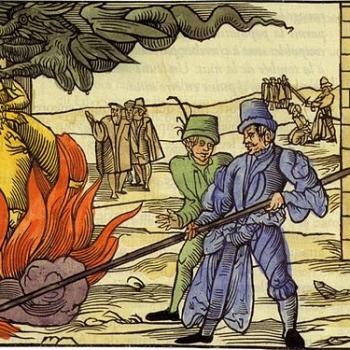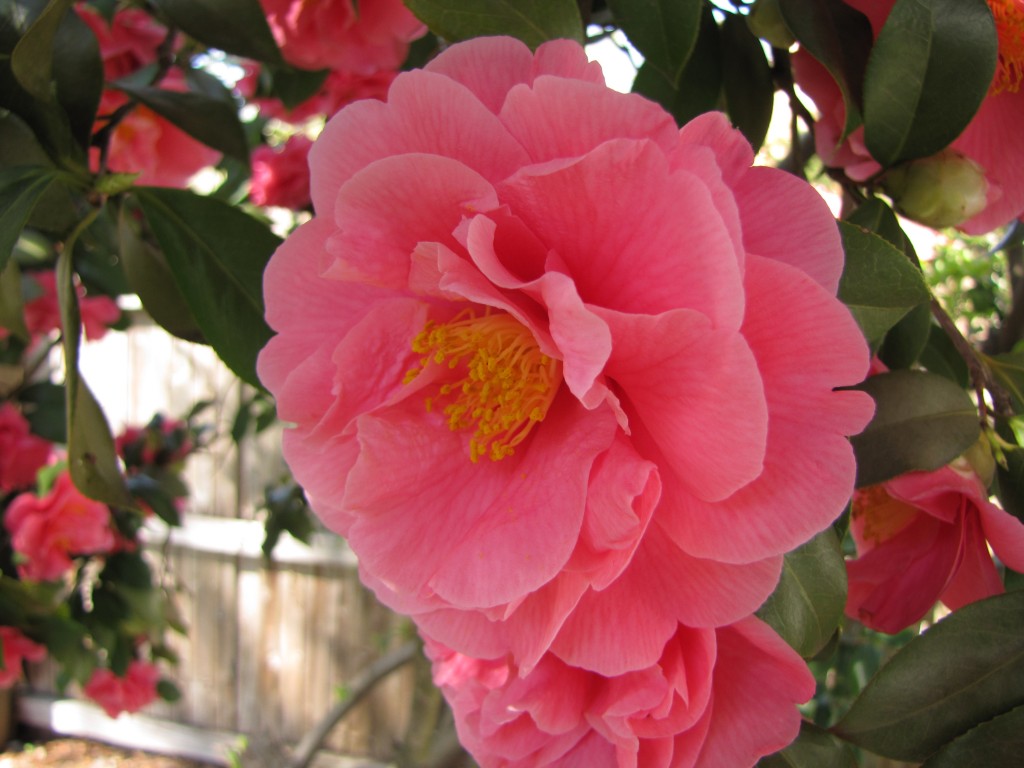Here on the Gulf Coast, people are starting to talk about hurricane season, which runs June through November. The last couple of years were fairly uneventful, a much-needed break after the devastation of Hurricane Ike in 2008! Although I saw my fair share of natural disasters as a child – Hurricane Bob in Boston and a blizzard while living in Istanbul (the city’s first in 100 years!) come to mind – Ike was my first hurricane experience as an adult. The storm ripped through our part of the Gulf Coast in the middle of the night and headed inland rapidly. Most people thought that they would have more time to pack their bags and evacuate, but the storm moved more quickly than expected.
When Ike hit, we had been living in Texas for less than 3 months. My husband’s job required him to work throughout the entire disaster. This meant that the kids, then 4 1/2 and 11 months, and I would be at home by ourselves for the duration of the storm and its aftermath. Some generous neighbors invited us to spend the night of the hurricane with them, and while the kids thought that this was all a grand adventure, the adults made the best of the situation with a movie and some last-minute preparations. The winds were already very high and there was a lot of rain, but the power was still on. When the storm hit in the middle of the night, we moved all of the children downstairs (just in case a tree were to fall on the roof) and waited vigilantly. The power went out immediately and we pulled out our flashlights and candles. By morning, the worst of the storm was over and I went home with the children, ready for the worst. Amazingly, our home was fine. While we sustained some water damage and had a tremendous amount of fallen tree limbs, we were uninjured and our home was mostly okay.
As we all learned, the hardest part was yet to come. Power outages lasted anywhere from a few days to a few weeks, which meant that refrigerated food began to spoil, air conditioning was down, lights could not be turned on, etc. Personally, I felt instantly isolated: I could not charge my cell phone, I had no internet access, and I had no family or close friends in the area. Thank goodness for our wind-up emergency radio! There was also a huge amount of manual labor to be done: tree limbs had to be chopped and dragged into piles, leaves had to be raked and bagged, and homes had to be thoroughly cleaned. Restless children had to be entertained, and hungry mouths had to be fed.
Until our power returned on Day 6, we survived by counting on the help of neighbors, buying a car cell phone charger, finding open restaurants and grocery stores, and enjoying some unseasonably cool temperatures. Because we have a gas grill, friends brought over their meat and we had nightly cook-outs on our back patio. My husband charged his laptop at work during the day, and the kids watched a movie at night while the adults chatted. It was a great way to build community and to make fast friends! We only opened the refrigerator and freezer when absolutely necessary, but mostly we ate canned beans, granola bars, and other pantry staples. We drank bottled water and made sure not to drink the water when taking quick showers.
So, what are some steps that we could have taken to be more prepared for Hurricane Ike? How can you ensure that your family is prepared for a natural disaster?
According to the National Hurricane Center, all families should develop a Family Plan, create a Disaster Supply Kit, have a place to go, secure their homes, and have a plan for their pets. Their website is a great resource, as is the CDC’s website for all natural disasters, and I would encourage you to visit these sites to help you develop a preparedness plan for your family. In the case of hurricanes, the National Hurricane Center includes the following items: water, food, blankets & pillows, clothing & rain gear, sturdy shoes, first aid kit/medicines/prescription drugs, special items for babies and the elderly, toiletries, flashlights and batteries, battery-operated radios, fully charged cell phones, and cash. I would include: a full tank of gas, a full pot of already-made coffee, a car cell-phone charger, cleaning supplies and paper towels, and above all, a hard-working, positive attitude!
What other items would you add to your disaster preparedness checklist? What have I forgotten? Let’s help each other to prepare for natural disasters!















